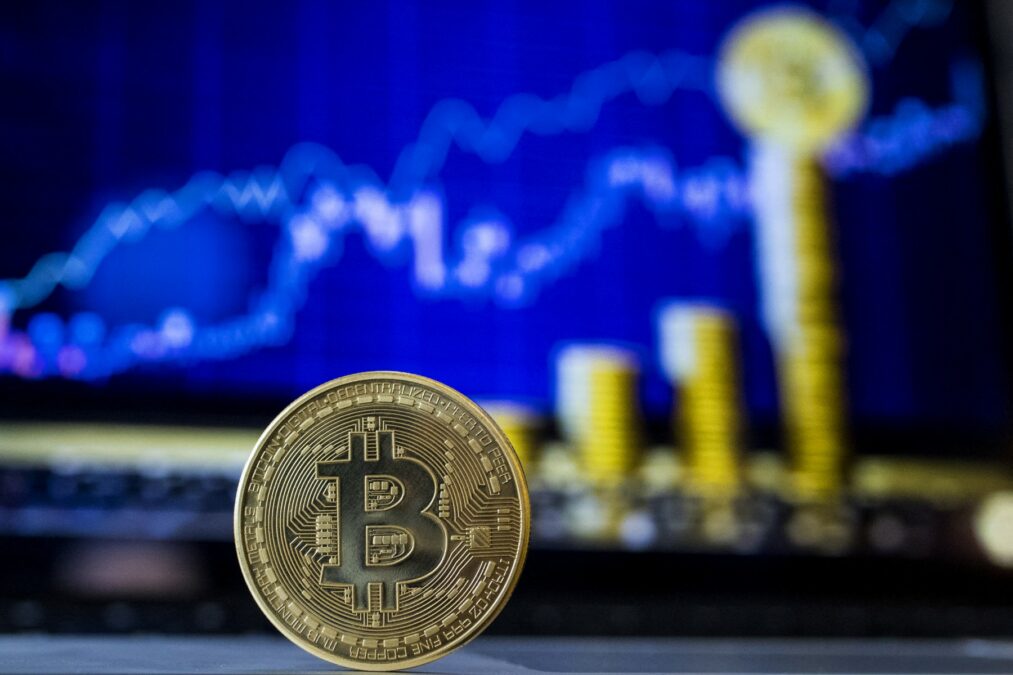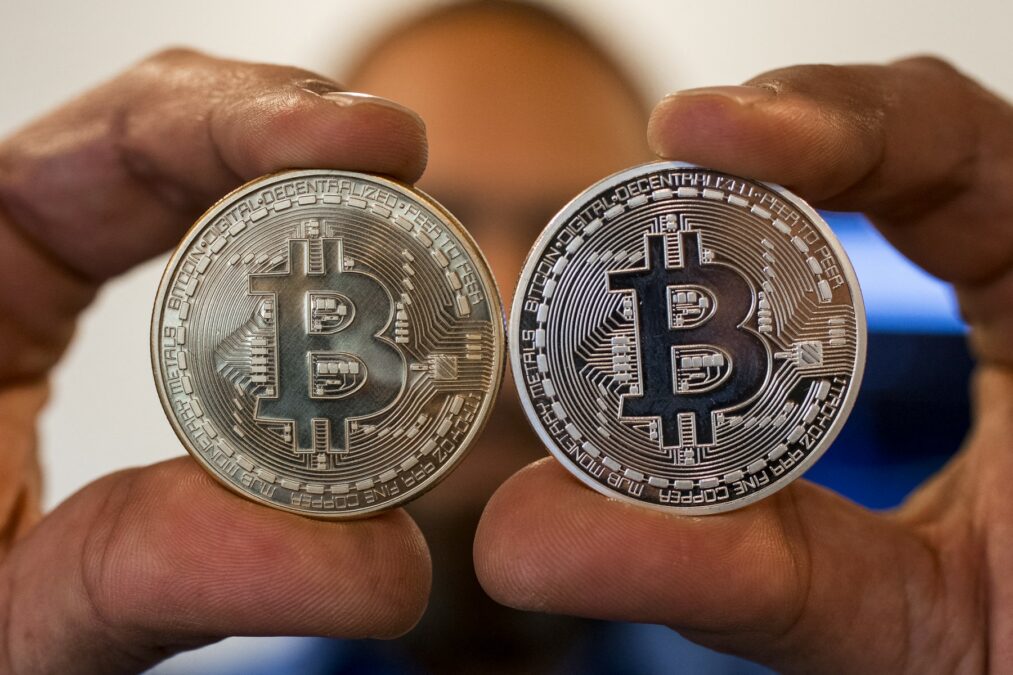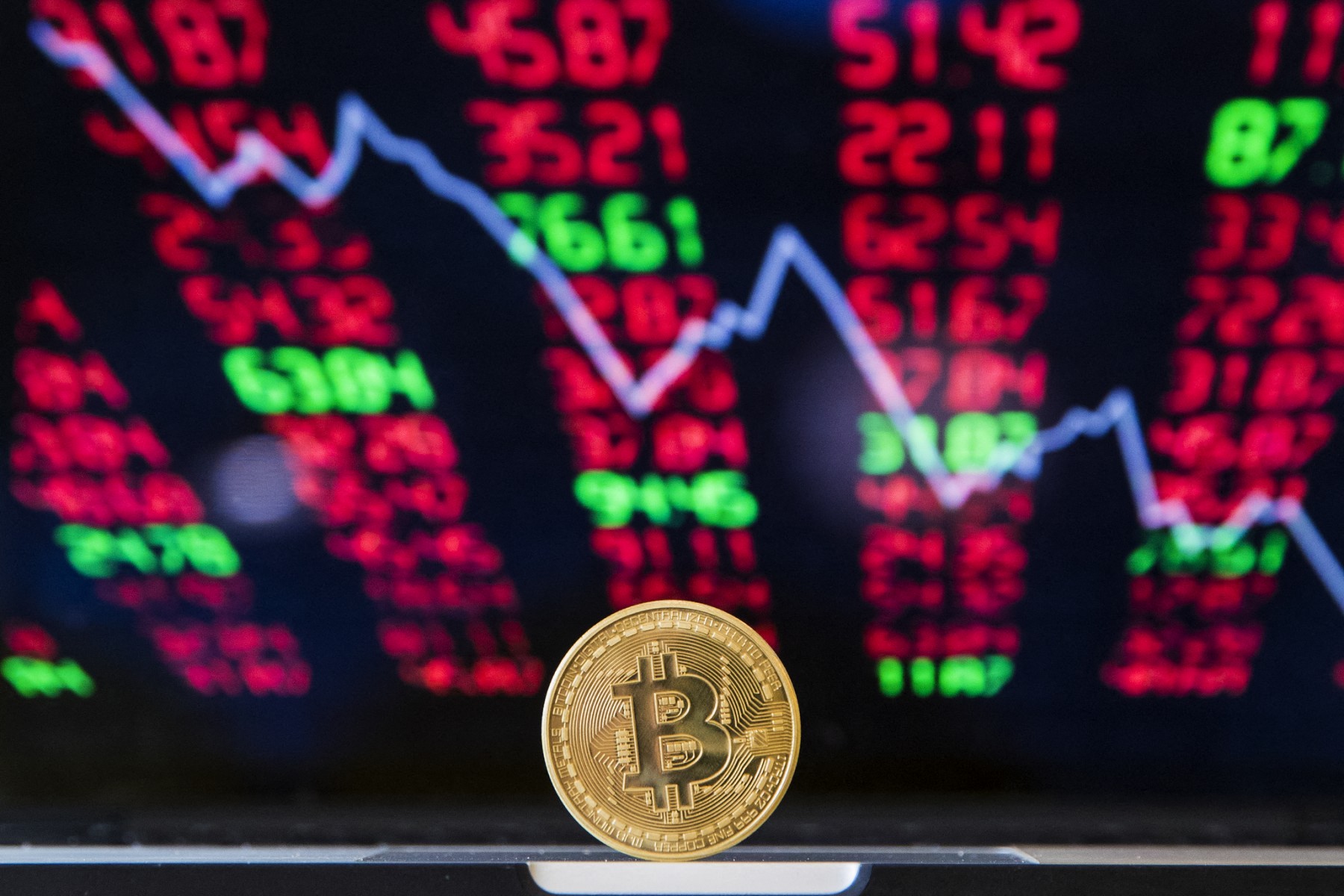Dubai, UAE–Crypto may have lost some of its sparkle elsewhere, but in the MENA region it has gained a wide acceptance among the young population. The region, with the Gulf Cooperation Council (GCC) at its forefront, has emerged as the sixth-largest crypto economy globally, according to Chainalysis’ “Geography of Cryptocurrency” report. This translates to a staggering US$389.8 billion in on-chain transaction value received between July 2022 and June 2023.
A recent report by Chainalysis, a leading blockchain analysis company, paints a fascinating picture of the crypto landscape in the GCC – a region brimming with potential and navigating its challenges. The surge in crypto adoption in the GCC region can be attributed to various factors. One of the main reasons is the region’s tech-savvy population. This young and technologically adept population readily embraces new financial technologies like cryptocurrencies. Another factor is the drive towards diversifying economies in the GCC nations. With a focus on reducing dependence on oil, cryptocurrencies offer an innovative and potentially lucrative avenue for investment.
Moreover, several GCC countries, particularly the UAE and Bahrain, have adopted progressive regulatory frameworks to foster innovation in the crypto space while prioritizing investor protection. This has further encouraged the adoption of cryptocurrencies in the region. The digital dawn of cryptocurrencies has ushered in an era of financial innovation and a new battleground for crime. Unlike traditional economic systems, cryptocurrencies operate on decentralized networks, primarily blockchain technology, offering an unimaginable level of anonymity and efficiency. While revolutionizing how we perceive and interact with money, this paradigm shift has also opened the floodgates to a diverse array of crimes—collectively known as crypto crime.
The Chainalysis 2024 Crypto Crime Report comprehensively analyzes the methods employed in cryptocurrency money laundering activities throughout 2023. The report highlights key findings, including a decline in overall money laundering activities and a shift towards decentralized finance (DeFi) protocols by criminal organizations. Furthermore, the report identifies a concentration of illicit funds in certain fiat off-ramping services and the adoption of new mixers and cross-chain bridges by the Lazarus Group. The report emphasizes the impact of law enforcement on traditional mixers, leading to the emergence of new services like YoMix.

Additionally, the report notes the need for increased vigilance due to the diversification of laundering tactics. As such, businesses and academic institutions should remain mindful of these trends and adapt their practices accordingly to minimize the risks associated with cryptocurrency money laundering activities. In a significant development within the cryptocurrency crime landscape, Nicola Buonanno, Vice President of Southern EMEA at Chainalysis, provided insightful observations on the notable decrease in the value received by illicit cryptocurrency addresses in 2023, which amounted to US$ 24.2 bn. This decline, as Buonanno points out, is primarily attributed to the substantial reduction in revenues from crypto scamming and hacking, which fell by 29.2 percent and 54.3 percent, respectively.
According to Buonanno, the decrease in scamming revenues, which have been on a downward trend globally since 2021, correlates with market conditions; scamming tends to increase in bullish markets where investor exuberance peaks and the fear of missing out on rapid gains is most palpable. Conversely, the sharp decline in funds stolen from crypto hacking, particularly within the DeFi (Decentralized Finance) sector, suggests a possible improvement in security measures, signaling a potential end to a previously escalating concern.

In an interview with TRENDS, Buonanno warns that a single large hack could reverse this positive trend due to the outlier-driven nature of stolen funds metrics. Moreover, in the “2024 Crypto Crime Trends” report, Buonanno highlights the complexity of accurately measuring the full scope of illicit cryptocurrency transactions. He clarifies that the US$24.2 bn figure represents a conservative estimate, limited to the illicit addresses Chainalysis has currently identified. He anticipates that this number will inevitably rise as the company uncovers more illicit addresses and incorporates its historical activities into its analysis.
This ongoing revision process, which led to the adjustment of the estimated illicit transaction volume for 2022 from US$ 20.6 bn to US$ 39.6 bn, underscores the evolving nature of tracking crypto crimes. This increase reflects the identification of highly active, previously unknown addresses associated with sanctioned services and adjustments made following court rulings, including US$ 8.7 bn in creditor claims against FTX, further emphasizing the dynamic and challenging environment of combating cryptocurrency crime. The proliferation of money laundering techniques through diverse services and deposit addresses presents significant challenges for regulatory authorities and compliance teams. Innovative strategies and enhanced diligence are essential to combat crypto criminal activities.
Chainalysis’ report highlights the following key points: Monitoring intermediary services and wallets is crucial. The shift towards DeFi protocols necessitates adaptation. Law enforcement has proven effective in disrupting traditional money laundering methods. Fourthly, alternative services, such as YoMix, have emerged as a response to law enforcement actions. Finally, intelligence and analytics play a critical role in tracing illicit funds. The report underscores the need for regulatory authorities and compliance teams to remain vigilant and proactive in their efforts to combat money laundering activities. Regulatory authorities may enhance their chances of detecting and preventing illicit financial activities by adopting innovative strategies, monitoring intermediary services and wallets, and leveraging intelligence and analytics.
With criminals adapting to new technologies and law enforcement intensifying their efforts, the battle against crypto crime is becoming increasingly complex. Buonanno highlights law enforcement’s inherent challenge when crimes occur off the blockchain, noting, “Transactions that take place off the blockchain simply can’t be tracked using blockchain-related investigation tools.” This necessitates a blend of traditional investigative techniques with modern technology to trace the illicit flow of funds converted from fiat currency into cryptocurrency.
Buonanno underscores the significance of collaboration in tracking such sophisticated financial crimes. He recounts an incident involving an extensive, Japan-based cryptocurrency exchange. He states, “We worked with the crypto exchange to trace these funds, which shows that strong cooperation between the police, banks, crypto exchanges, and Chainalysis will be essential for combatting crypto-related crimes.” This cooperation is pivotal in both on-chain and off-chain crime detection and prevention.
As part of the effort to enhance monitoring and identification of illicit cryptocurrency activities, especially in the GCC countries, Chainalysis and regional authorities are investing in skill development and integration of advanced tools. Despite the global nature of crypto crime, Buonanno shares an optimistic observation on the trend of illicit transactions, “The value received by illicit cryptocurrency addresses through 2023 totaled US$24.2 billion, a significant drop compared to the all-time high of US$39.6 billion in 2022.” This decline reflects the concerted efforts in combating crypto crime globally and within the GCC region. While the report doesn’t specify regional crypto crime trends, it highlights criminals’ growing use of DeFi protocols, a trend Chainalysis is closely monitoring. Additionally, the report emphasizes the challenges associated with money laundering via DeFi due to its decentralized nature.
Several GCC authorities are building their skill sets and integrating tools to combat crypto crime. Buonanno acknowledges these efforts and points to the positive impact of regulations like those implemented in the UAE. Buonanno highlights the UAE’s proactive stance in addressing the regulatory landscape. “By setting up specialized regulatory regimes…the UAE has showcased a forward-thinking approach to harnessing and regulating the crypto sector,” he explains. This regulatory clarity has attracted large crypto businesses and fostered growing confidence among institutional-size investors and high-net-worth individuals in the region.

As Chainalysis continues its vigilant examination of crypto activities, it unravels the digital footprints left by cybercriminals, ranging from ransomware operatives to hackers and those evading sanctions. Buonanno explains that by pinpointing the wallets and accounts engaged in these illicit dealings, the company can retroactively scrutinize the historical transactions associated with these entities, thus refining their estimations of illegal transaction volumes.
Distinguishing between legitimate and illicit fund movements forms the crux of Chainalysis’s operation. By categorizing crypto crimes into segments like ransomware, scams, and hacking, they can trace the origins and destinations of compromised assets. For instance, in ransomware attacks, the demanded cryptocurrency transfers to attackers’ wallets become a beacon for identifying criminal activity. Buonanno highlights their role in assisting law enforcement, such as helping the FBI to trace and recover a significant portion of the Bitcoin stolen in the notable Bitfinex hack.
Moreover, Buonanno touches upon the challenges posed by sanctions-related activities, representing a substantial portion of the illicit transaction volume in 2023. The complexity arises in jurisdictions like Russia, where platforms like the sanctioned exchange Garantex continue operations despite facilitating illegal activities because local laws do not enforce U.S. sanctions. This situation underscores a significant challenge in crypto crime investigation: not all transactions through such services are illicit, yet they pose a compliance risk to entities under U.S. or U.K. jurisdiction. This nuanced perspective on crypto crime underscores the ongoing efforts to navigate and mitigate the risks associated with cryptocurrency transactions in a globalized digital economy.
Discussing the decrease in money laundering activities in 2023, Buonanno attributes it to the growing maturity of the crypto sector and the implementation of stringent KYC and AML measures. He reflects on the broader implications of these trends, stating, “The drop in money laundering activity was steeper, at 29.5 percent, compared to the 14.9 percent drop in total transaction volume.” This indicates a significant stride in the right direction, with centralized exchanges and law enforcement agencies becoming increasingly influential in preventing bad actors from exploiting the system.

Looking ahead, Buonanno foresees challenges and evolving strategies in cryptocurrency money laundering, particularly with the rise of DeFi protocols. He notes, “As the popularity of DeFi protocols grows, so too has their utilization by more sophisticated crypto criminals.” However, he remains confident that continuous adaptation and collaboration between law enforcement, regulatory bodies, and the crypto industry will effectively mitigate these risks.
The year 2023 has been a hallmark year for both institutional and retail adoption of cryptocurrencies in the GCC. The clarity and security afforded by regulatory advancements have catalyzed a surge in institutional investments, while a proliferation of platforms has facilitated easier entry for retail investors. This dual-wave adoption expands the market and enhances liquidity and stability within the region’s crypto economy. Decentralized Finance (DeFi) and blockchain applications are at the forefront of the GCC’s crypto innovation, with the UAE leading the charge. The allure of DeFi, characterized by its transparency and efficiency, has captivated a growing audience, propelling the region into the next frontier of financial technology. Parallelly, the emphasis on security and compliance technologies is intensifying, with advanced tools being adopted to monitor transactions and combat fraud, ensuring a resilient and trustworthy market.
The GCC’s crypto narrative is also shaped by its proactive stance on international cooperation and cross-border partnerships. Engagements in global crypto regulatory discussions and collaborations pave the way for harmonized regulatory frameworks and enhanced market integration. Furthermore, initiatives exploring blockchain for cross-border payments are gaining traction, promising to revolutionize remittances and international trade with unprecedented efficiency and reduced costs. A notable shift towards educational initiatives to nurture a knowledgeable workforce adept in blockchain and crypto technologies is underway. Academic institutions across the GCC increasingly incorporate blockchain studies, preparing the ground for future innovation. Simultaneously, sustainability concerns related to crypto mining are prompting a green crypto movement, focusing on energy-efficient technologies and practices.
As we peer into 2024, the GCC’s crypto landscape is expected to flourish further, driven by sustainability initiatives, the expansion of crypto services, and the continuous evolution of regulatory frameworks. The synergy of regulatory clarity, technological advancement, and market adoption positions the GCC as a burgeoning hub for crypto innovation and investment.
The trajectory of the GCC’s crypto landscape is a testament to the region’s adaptability and foresight in embracing the potential of digital assets. As the crypto market continues to evolve, the GCC is set to participate and lead in shaping a new financial paradigm.








